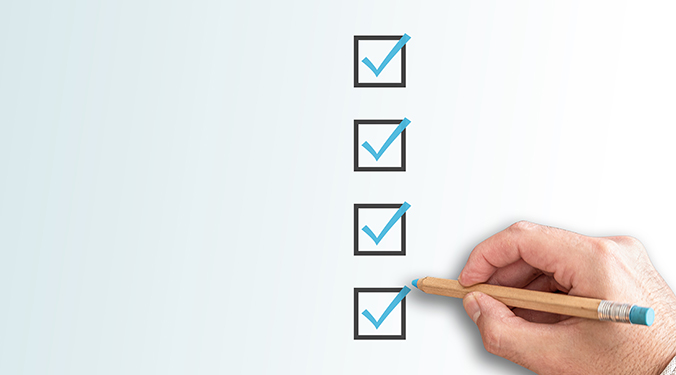After You Buy a Franchise: First 90 Days Checklist

The first few months of franchise ownership set the tone for everything that follows. A strong start makes it easier to run daily operations, support your team, and serve customers.
Franchisors provide new franchisees with training, tools, and ongoing support, but it takes some work to put those pieces into action. The first 90 days move quickly, and between setup, hiring, and training sessions, it can feel like a lot.
This checklist shows how new owners can use the first three months to build a steady path toward franchise success.
Days 0-30: Set the Foundation
The first month is about setup. This is where you build the base that supports your franchise business long term.
- Franchisor onboarding: Confirm your franchise training dates listed in the franchise disclosure document (FDD Item 11). Learn what the training program looks like, including online training modules, hands-on training, and in-person sessions. Early onboarding gives you a clear view of the business model.
- Business setup: Form your legal entity, apply for an EIN, and open your business bank accounts. Remember to check that your DBA or business name matches the franchise agreement. Put payroll and accounting systems in place for financial management.
- Insurance and compliance: Purchase required insurance and upload your certificates to the franchisor portal.
- Systems and tools: Access the operations manual and start the initial training program. Many franchise brands use modules, quizzes, and digital training materials to cover operational procedures. Set up key tools like CRM, POS, scheduling, email, and phones.
- Location and transition: For new units, finish site selection, sign the lease, apply for permits, and confirm buildout milestones. For resales, transfer vendors and utilities, check inventory, review assets, and plan customer communication.
- Team planning: Draft an organizational chart and outline roles and responsibilities. Post job listings and begin interviews.
- Organize marketing efforts: Request brand assets from the franchisor. Claim social media handles for your franchise location, including Meta, TikTok, and LinkedIn as allowed.
- Financial planning: Set a calendar for royalty fee and advertising fee payments. Review vendor terms and confirm working capital.
Days 31-60: Build Operations and Train the Team
By the second month, the focus shifts from setup to people and processes. This is where franchise training, hiring, and vendor work all come together.
- Training and support: Complete your franchise training program. This may include on-site visits, in-person training sessions at corporate headquarters, or online training webinars. Many franchisors mix digital modules, quizzes, and hands-on training. Field visits from the support team help you apply the business model in real time.
- Hiring and onboarding: Interview, hire, and onboard staff. Use franchisor training materials to teach operational procedures and brand standards. New franchisees who train their teams early often have smoother day-to-day operations.
- Execution: For new units, handle buildout, permits, signage, and equipment delivery. For resales, confirm vendor enrollments, align pricing, and keep services running without interruption.
- Supplier setup: Onboard approved vendors. Place first orders and test service protocols. A strong supplier setup keeps daily operations running smoothly.
Days 61-90: Launch
The last phase is about moving from preparation into real operations. This is when marketing, training, and operations all connect.
- Launch: Open quietly with a soft launch. Use it to test systems and train your team. Then hold your grand opening with franchisor marketing support. Franchise brands often share marketing strategies for social media, ads, and local promotions.
- Daily operations: Start following open and close checklists. Watch cash handling, labor planning, scheduling, and inventory. Good habits in daily operations keep your franchise location steady.
- Quality assurance: Review brand standards and check them against the operations manual. Fix issues quickly to stay aligned with the franchise network.
- Financial review: Around Day 75-90, review your profit and loss report. Adjust labor costs, pricing, or promotions, if needed. Strong financial management early helps your franchise business stay healthy.
- Franchisor check-ins: Join the 30/60/90-day reviews with your franchisor. Write down action steps and set small goals. Use the support team for ongoing training and franchise support.
Owning a franchise is a structured way to run a business, but it still takes focus. A successful franchise comes from more than just a franchise opportunity. It depends on how new owners apply the franchise training program, use the operations manual, and work with the franchisor.
By building strong habits in financial management, training, and daily operations during the first 90 days, franchise owners set themselves up for long-term growth. With franchisor guidance, a steady support team, and clear operational procedures, new franchisees can confidently move from setup to full franchise operations.
Ready to take the next step in your franchise journey? Explore our Franchise Learning Center to deepen your understanding of franchising, or browse opportunities in our Franchise Directory to find the right fit for your goals.

